I wanted to do something a little different than the Cryptid kick I have been on…but not too different. As I have discussed in previous posts, I would like nothing more than to do creatures real and imaginary as 3d art as my main influence. There are other things I can make, and other things I would even enjoy making….but I can really dig my teeth into the creatures that man imagines.
This is especially true when they are weird.
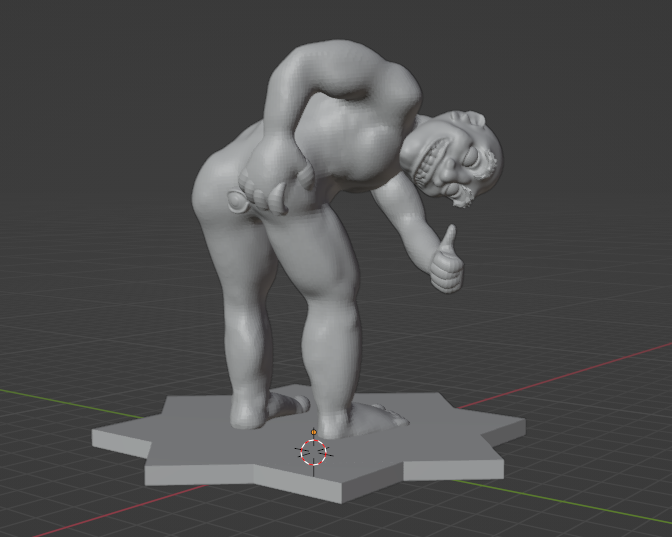
Download your Shirime STL file here
Which is why one of the subjects that you will find in my art (both 2d and 3d) is Yokai. Simply put, the Japanese fly their weird freak flags high and proud. They have a spirit or monster to cover about anything you can imagine and a great deal of the weirder ones are included throughout their traditional art.
Todays subject is Shirime. I would break it down in my normal rambling style, but it is too offbeat and it would just get confusing so here is a descriptive template.
Order your Shirime 65mm Model Here
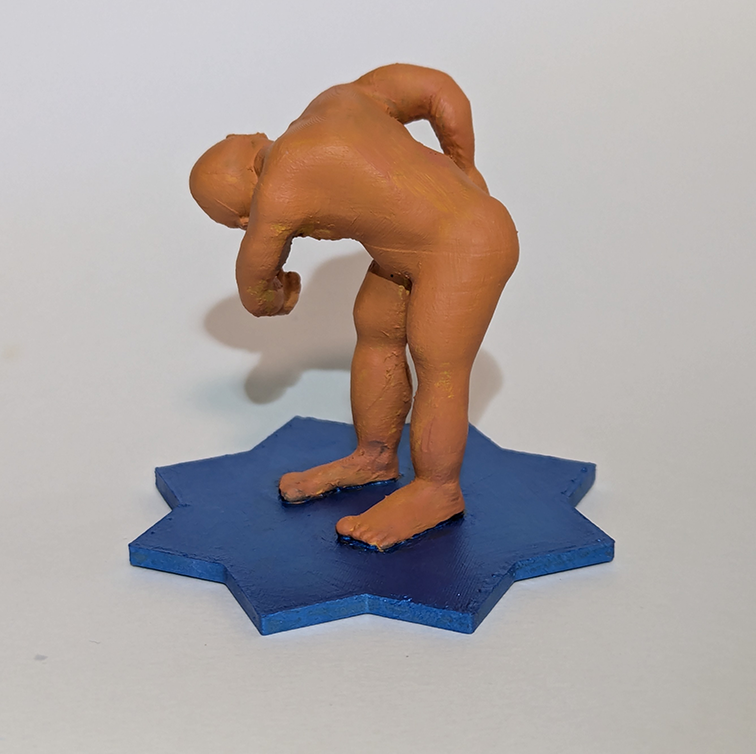
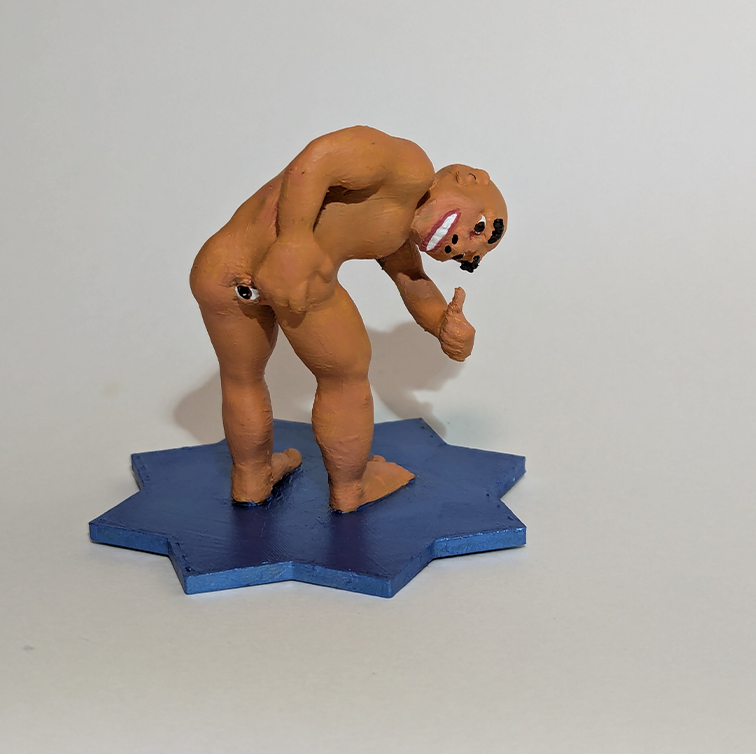
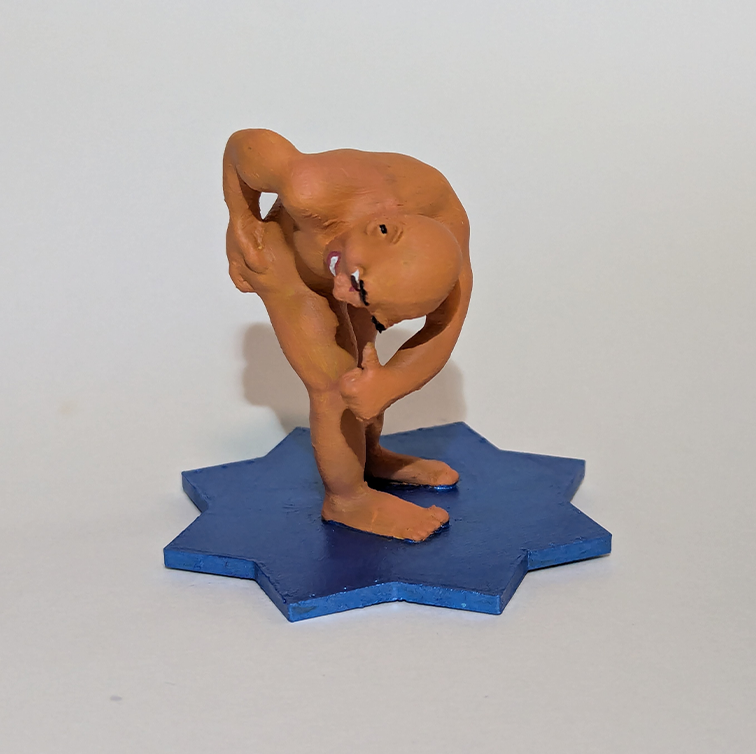
Shirime: The Eyeball Yokai
Origins and Legends:
- Origin: The Shirime (尻目), meaning “butt-eye,” is a peculiar yokai from Japanese folklore. Its story is believed to have originated during the Edo period.
- Legend: The most famous tale of the Shirime involves a samurai who was approached by a strange man asking if he had a moment to spare. When the samurai turned to look, the man dropped his robe to reveal a large, staring eye where his anus should be. The samurai, terrified, fled from the scene. Unlike many yokai, the Shirime is not known to cause harm but instead to shock or amuse those who encounter it.
Depictions in Art:
- Edo Period: During this time, yokai were commonly depicted in ukiyo-e prints and other forms of art. The Shirime, with its bizarre and humorous appearance, was a popular subject.
- Buson’s Works: Yosa Buson (1716-1784), a renowned haiku poet and painter, had a particular fondness for yokai, including the Shirime. Buson’s works often depicted these supernatural beings with a mix of humor and eeriness. His portrayals of Shirime emphasized the unexpected and shocking nature of the yokai, contributing to its place in Japanese folklore.
- Modern Interpretations: In contemporary Japanese pop culture, the Shirime continues to appear in various media, from manga and anime to video games. These modern depictions often play up the comedic aspects of the yokai while maintaining its traditional elements.
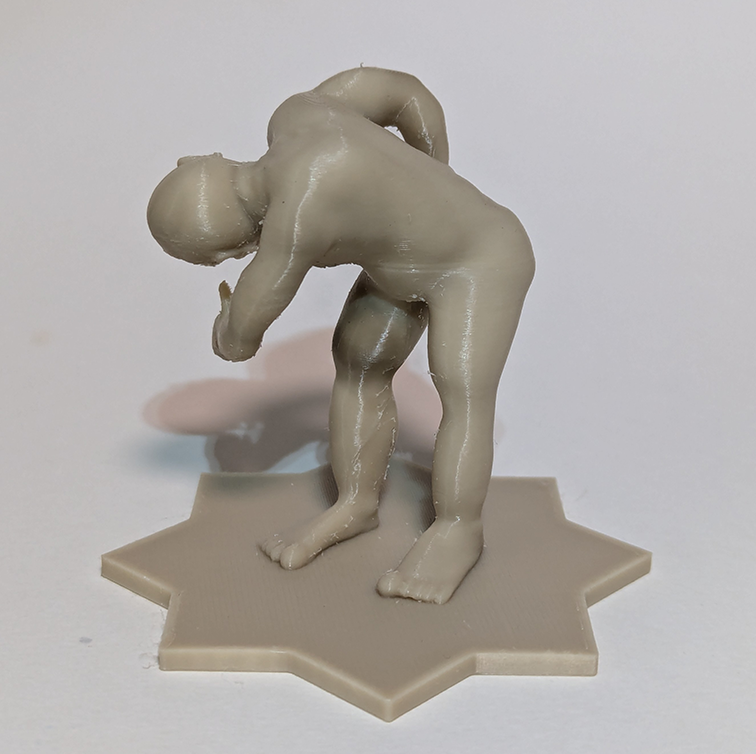
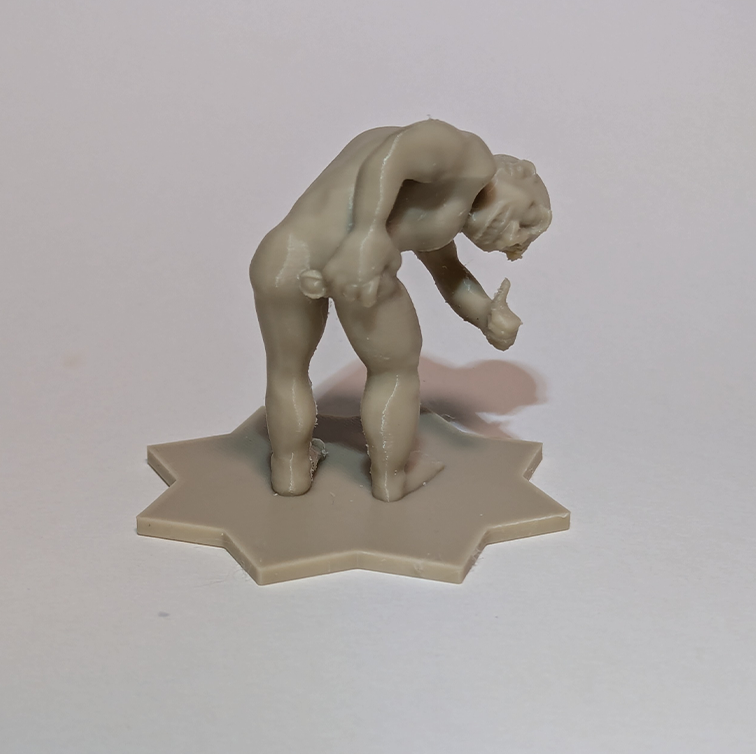
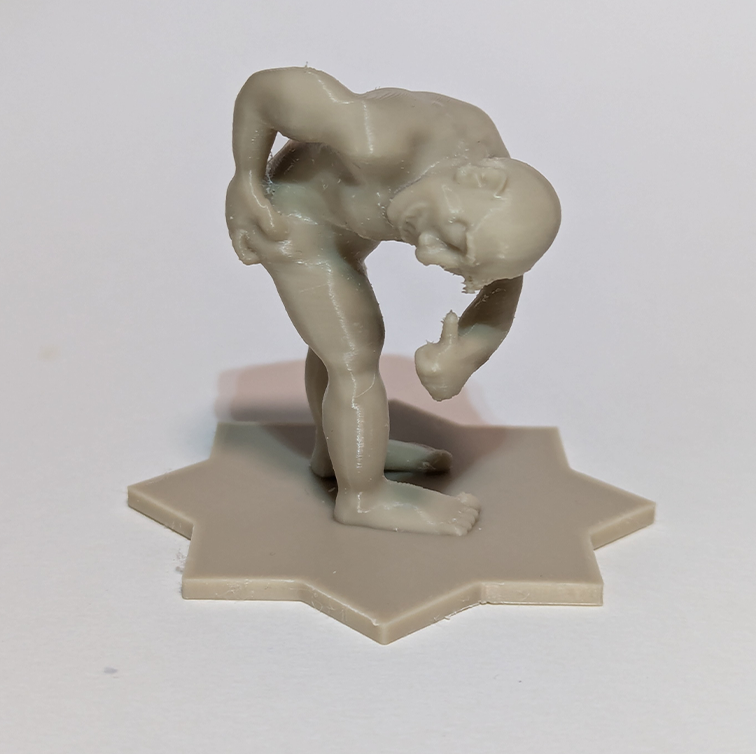
Yosa Buson’s Contributions:
- Haiku and Paintings: Buson’s love for the supernatural and the whimsical is evident in both his poetry and his paintings. He often used yokai like the Shirime to explore themes of the strange and the humorous.
- Influence on Yokai Art: Buson’s depictions of Shirime helped solidify its place in yokai lore. His art combined traditional Japanese aesthetics with a playful twist, making the Shirime both intriguing and entertaining.
- Cultural Impact: By including Shirime in his works, Buson ensured that this unusual yokai remained a memorable part of Japanese folklore. His influence can be seen in how Shirime is depicted in later artistic endeavors, retaining the blend of shock and amusement that characterizes its legend.
Significance in Yokai Culture:
- Symbolism: The Shirime can be seen as a symbol of the unexpected and the bizarre, embodying the human fascination with the strange and the supernatural.
- Cultural Reflection: Its continued presence in art and media reflects Japan’s enduring interest in yokai and the way these creatures allow for exploration of fears, humor, and the unknown.
Download your Shirime STL file here
Order your Shirime 65mm Model Here
References:
- Historical records and folk tales of the Edo period.
- Buson’s poetry and paintings, which often featured yokai themes.
- Modern adaptations and interpretations of yokai in Japanese pop culture.
